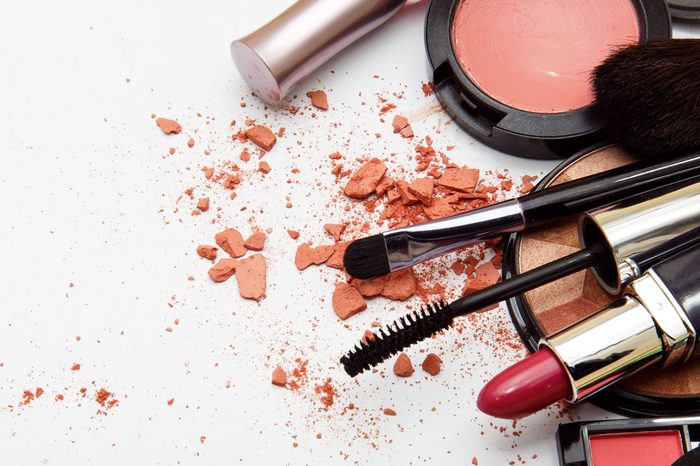
Beauty product ingredients
Beauty products can sometimes contain hundreds of chemicals and compounds that may or may not be toxic to the body. Some of these include skin irritants and even endocrine disruptors, which are thought to interfere with the body’s hormonal system and potentially have developmental, reproductive, neurological, and immune adverse effects, according to the U.S.’s National Institute of Environmental Health Sciences. Although the Government of Canada requires beauty products to meet the requirements of the Food and Drugs Act and the Cosmetic Regulations before they can be sold in Canada, we still wonder if the ingredients found in some of our products are safe.
So, we asked top dermatologists about certain chemicals and ingredients that can be found in popular beauty products and whether it makes sense to try to avoid them.
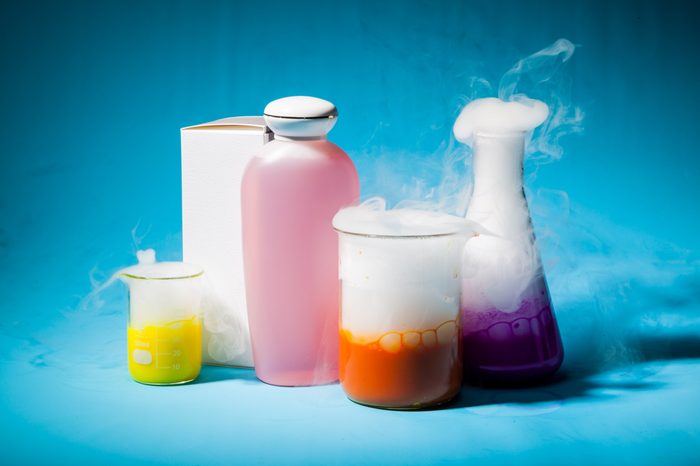
Triclosan
This antimicrobial chemical, which was first introduced as a pesticide, has made its way into personal care items since the 1960s. “Triclosan is added to soaps and washes and even some clothing or cookware to reduce bacteria in products,” says Dendy Engelman, MD, a New York City-based dermatologist. And because it’s no more effective than regular soap at killing germs, the Government of Canada has yet to ban soaps and other antiseptic products from using the ingredient. “Dial, Clearasil, and Bath & Body Works have had products containing this ingredient,” she adds.
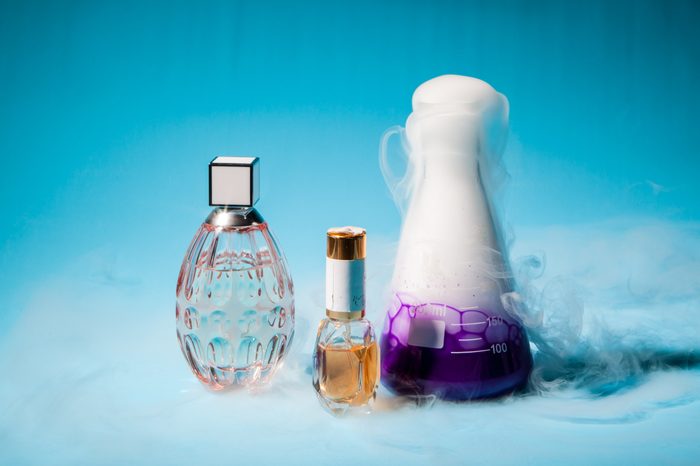
Fragrance
Sure, synthetic fragrances might make your products smell pleasant, but they’re one of the top contenders to cause an allergic reaction to your skin. “Fragrances are usually made up of other harmful chemicals, like parabens, benzene derivatives, aldehydes, and more that are linked to cancer and nervous system issues,” explains Dr. Engelman. “Short term, they can cause irritation and redness on the applied area.” She recommends looking for these terms to clue you in that a product contains a fragrance: Parfum, perfume, linalool, limonene, eugenol, citronellol, geraniol or cinnamal. Fragrance-free products are mostly labeled as so.
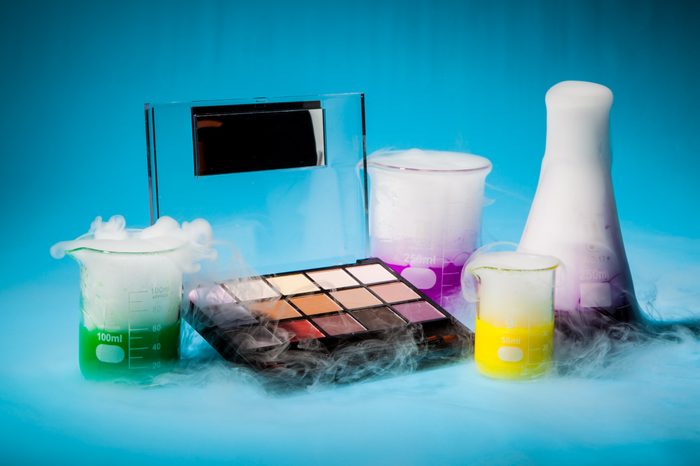
Phthalates
These chemicals, commonly found in nail polishes, hair sprays, deodorants, perfumes, and moisturizing lotions, are meant to keep products soft and flexible. That’s great, but phthalates may also carry health risks. “There have been reports of phthalates being linked to various cancers, including breast, liver, kidney and lung, though no causal relationship has been proven,” says Joshua Zeichner, MD, director of cosmetic and clinical research in dermatology at Mount Sinai Hospital in New York City. Keep your eyes peeled for products that contain the term “phthalate” to be safe. You also may find many newer products on the market that contain the term “phthalate-free”—stock up on those.
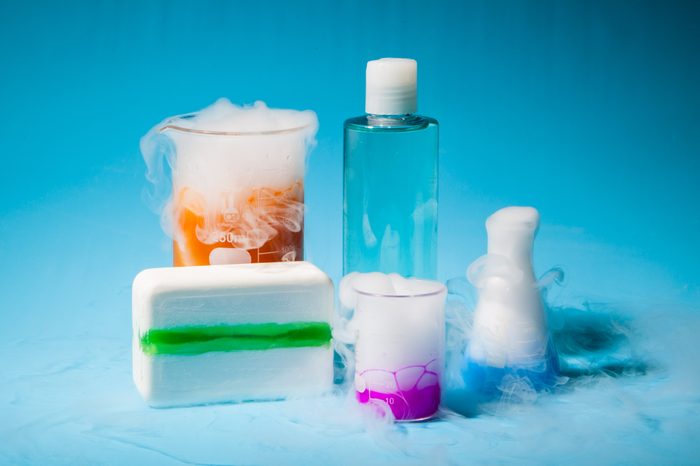
Parabens
“Parabens are preservatives used in skincare products to prevent contamination of products while they are sitting on the shelves,” explains Dr. Zeichner. “Without preservatives, product ingredients, like fresh fruit, will become contaminated with bacteria and viruses and become broken down over time.” So what’s the problem? Dr. Zeichner says reports have come out (though none conclusive) that link parabens to breast cancer, as well their negative impact on the body’s endocrine system. Parabens are also a common catalyst for skin allergies. “The good news is there are a variety of paraben-free skin-care products available,” he says. “Some may include grape seed extract, which is nature’s parabens, and offer similar benefits.” (Here is more information about parabens.)
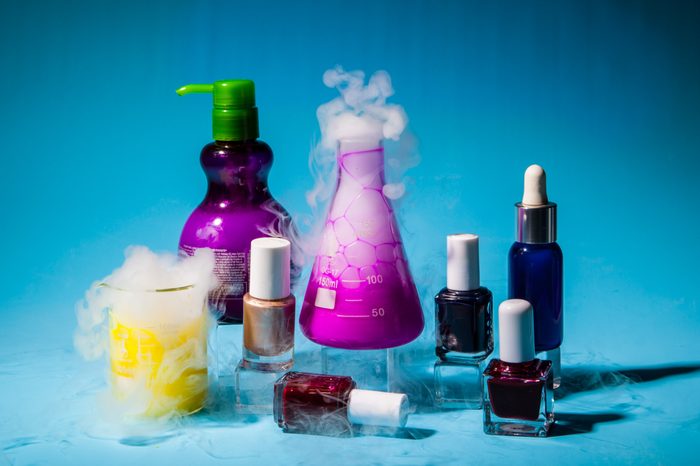
Avobenzone
Avobenzone is one of two chemical UVA filters (the other, oxybenzone) approved in Canada. Recent research found avobenzone, along with three other sunscreen ingredients (ecamsule, octocrylene, and oxybenzone), is absorbed through the skin and into the body. In a small 2019 study published in JAMA, researchers found one day of sunscreen use—applying roughly 1 ounce every two hours when in the sun—led to an increase of avobenzone levels in the bloodstream.
However, the findings do not suggest that these ingredients are unsafe. Rather, more research is needed on absorption testing and on the safety of repeated use of these ingredients. The agency encourages the continued use of sunscreen products and practising sun safety behaviours to protect against skin cancer. If you still feel uneasy about using sunscreen with these ingredients, opt for a mineral-based sunscreen that contains zinc oxide.
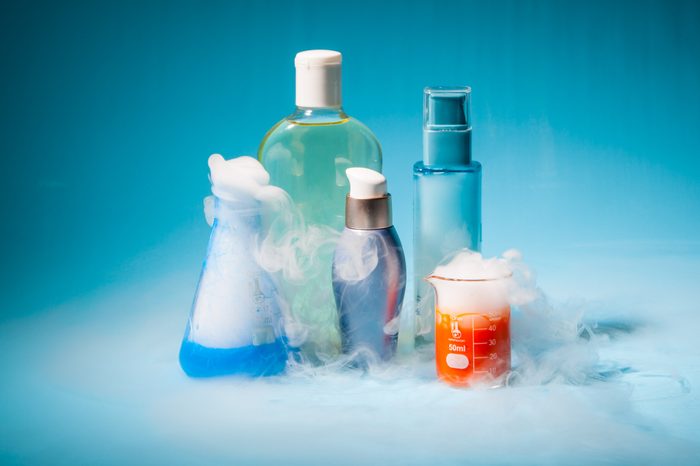
Sulfates
Sulfates are commonly used surfactants, which are ingredients that cleanse the skin and hair in cleansers and shampoos, explains Dr. Zeichner. They’re found in more than 90 percent of personal care and cleaning products, like detergents. “Sulfates such as SLS (sodium laurel sulfate) are known irritants at high concentrations and are even used as the positive control group in experiments to evaluate how irritating products are.” This is why you may be starting to see more sulfate-free skin- and hair-care products hitting the market. (Learn how to repair damaged hair with items you already have at home.)
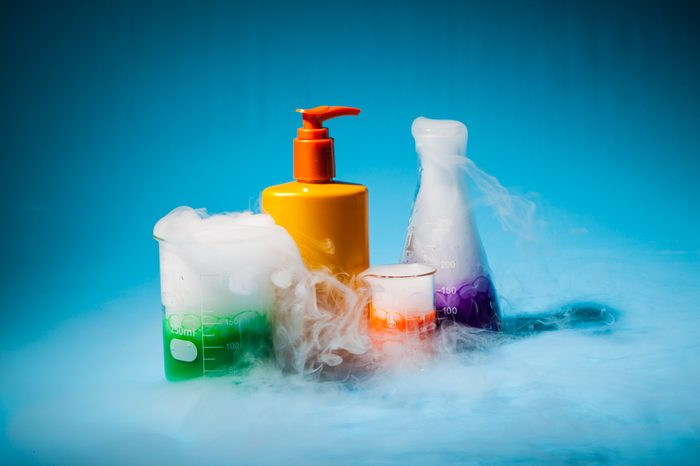
Formaldehyde
This colourless, flammable gas is commonly used to make home-building products such as adhesives for wood, particleboard, furniture panelling, and cabinets. It’s also an ingredient in some beauty products, including hair treatments and even nail polishes. “This chemical has been linked to cancer as well as other nervous system issues, like chest pain, coughing, trouble breathing, and respiratory irritations,” says Dr. Engelman. “Some hair-straightening procedures use this chemical during the process and some nail polishes still contain formaldehyde, putting your body and salon workers at risk.” She recommends looking for nail polishes labeled “3-Free” or “5-Free,” as these are formaldehyde-free. “Jinsoon nail polishes are a great brand without formaldehyde,” she adds.
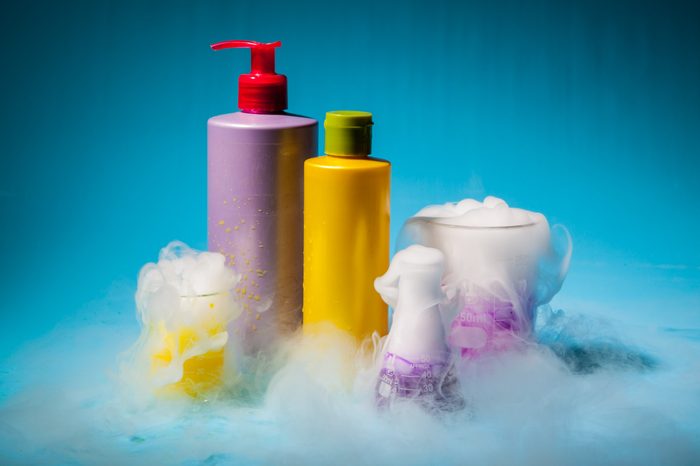
Hydroquinone
In cosmetics, hydroquinone is used as an antioxidant or fragrance, and it’s even a skin bleaching agent. “This frequent skin irritant is associated with altered immune function and increased incidence of certain malignancies in animals,” says Craig Kraffert, MD, board-certified dermatologist at Medford Derm and president of Amarte. However, quantitatively, the use of hydroquinone in cosmetics is unlikely to result in chronic illness, such as kidney cancer, according to a study in the International Journal of Toxicology.
For those on the fence about the chemical, “Arbutin, on the other hand, is a naturally occurring cousin to hydroquinone with excellent brightening properties and an irritancy profile that’s not linked to malignancies,” says Dr. Kraffert.
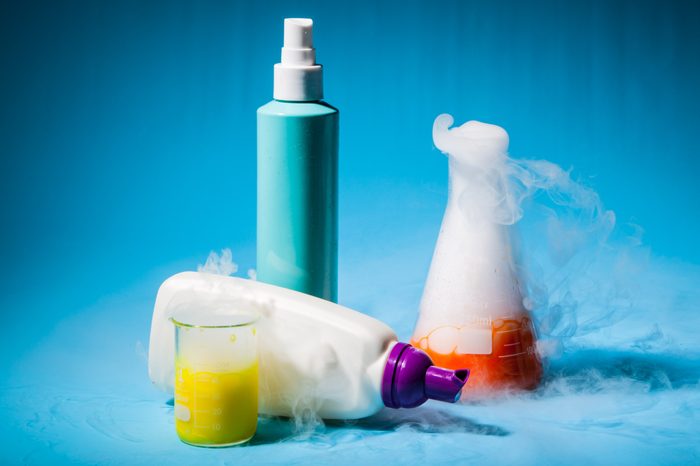
P-phenylenediamine
Also known as PPD, P-phenylenediamine has been used in permanent hair colouring since the late 1800s; however, it has been banned in France and Germany (though the European Union has since allowed its use). It’s also listed on Canada’s Cosmetic Ingredient Hotlist and prohibited from use in cosmetic products. “PPD is a frequent contact allergen,” says Dr. Kraffert.
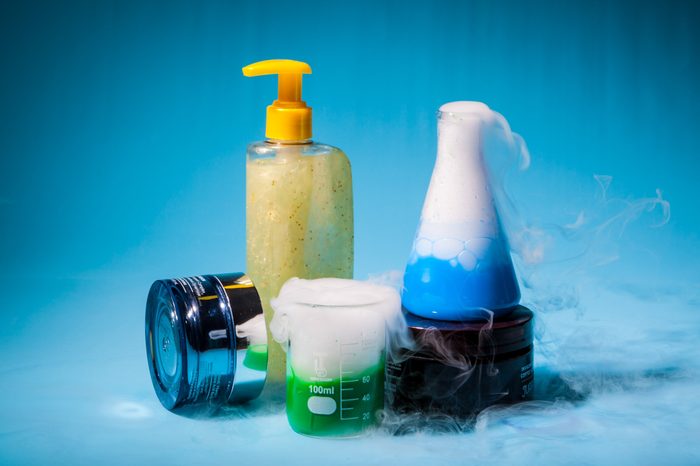
Microbeads
Those microbead scrubs and cosmetics you love to use are slowly being phased out. “Microbeads are used as physical exfoliants in cleansing products and do a fair job; however, the problem with microbeads is that they linger in the environment for many decades and have been linked to potential biosphere disruptions in aquatic environments,” warns Dr. Kraffert. “The good news is there are lots of natural exfoliants that actually work better—without the environmental baggage.” (Psst: These everyday habits are drying out your skin.)
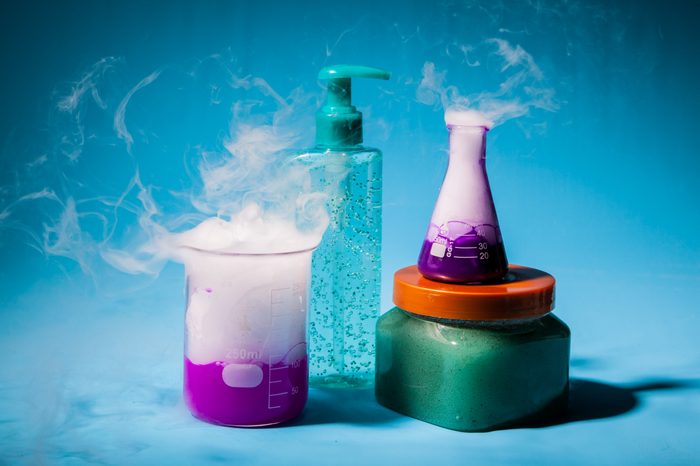
Toluene
This petrochemical is mainly used to dissolve paint and paint thinner, but it’s also a common ingredient in nail polishes and treatments, as well as hair-bleaching products. The problem is that exposure to high levels of this chemical could lead to respiratory problems, as well as kidney and liver damage, according to the Environmental Working Group (EWG).
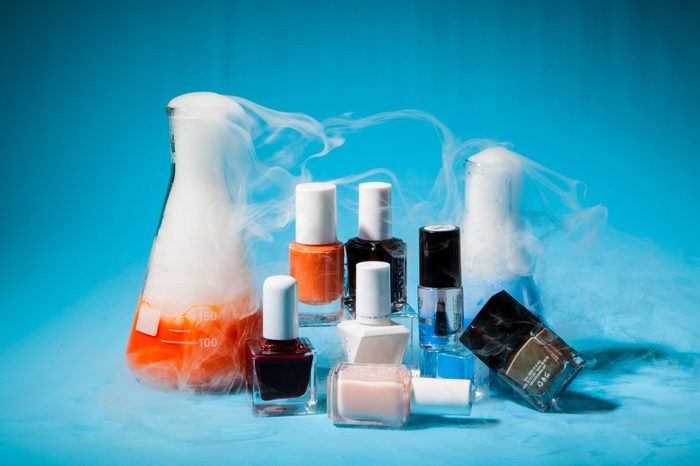
Propylene glycol
You may find this ingredient listed on the back of many of your beauty products, including hair sprays, makeup, conditioners and shampoos, moisturizers, and even sunscreen. Propylene glycol is typically used as a skin-conditioning agent; however, it’s been linked to allergy-induced conditions such as dermatitis and hives, cautions EWG.
Now that you’re aware of the toxic ingredients in beauty products, next check out the best beauty products of 2020.
